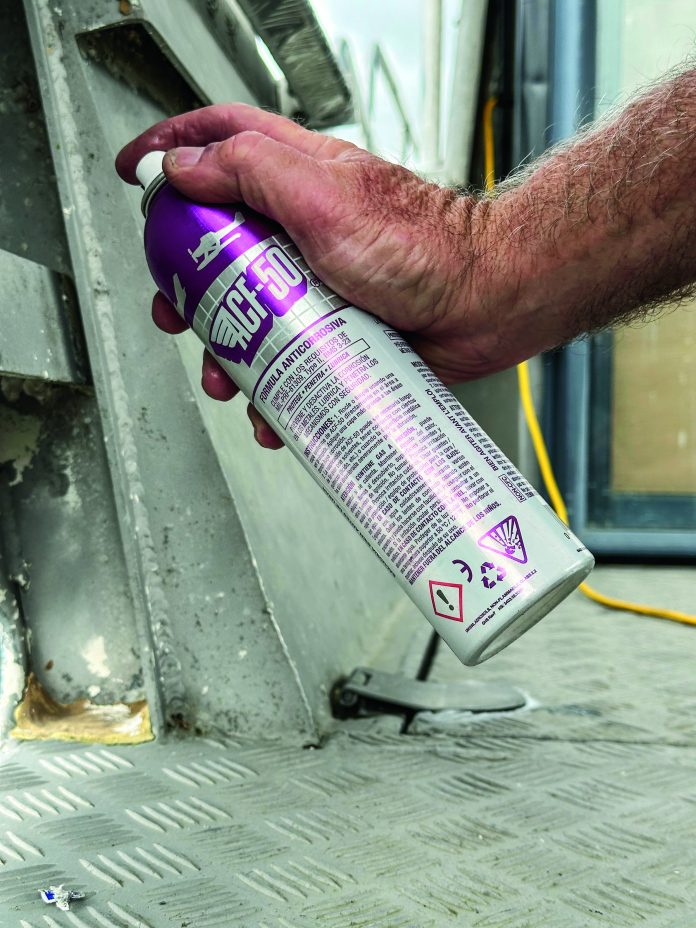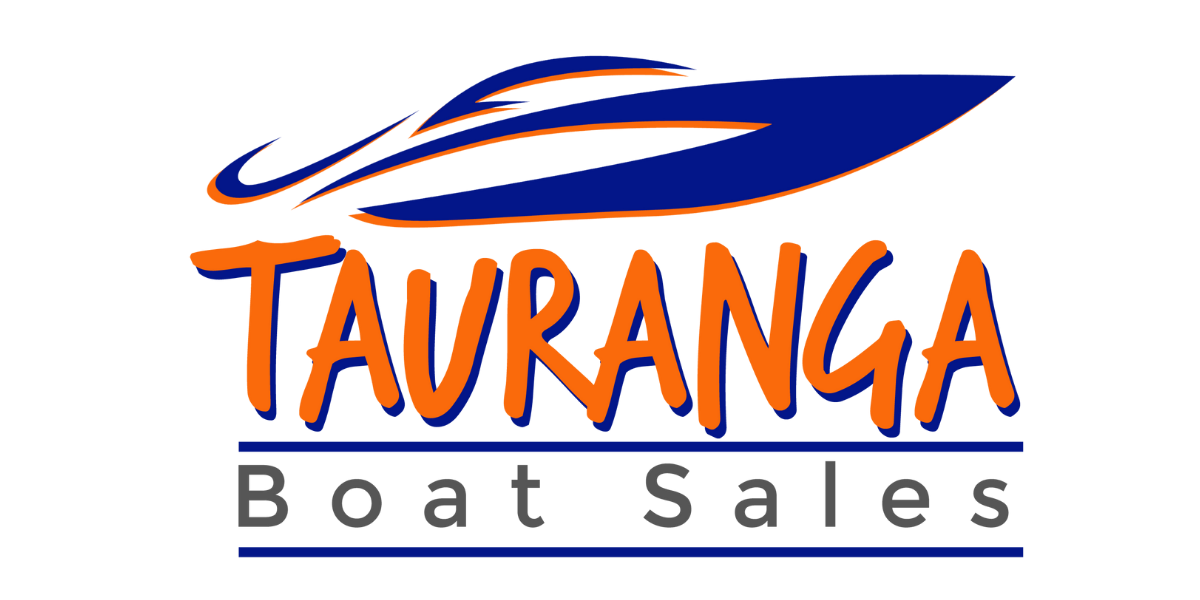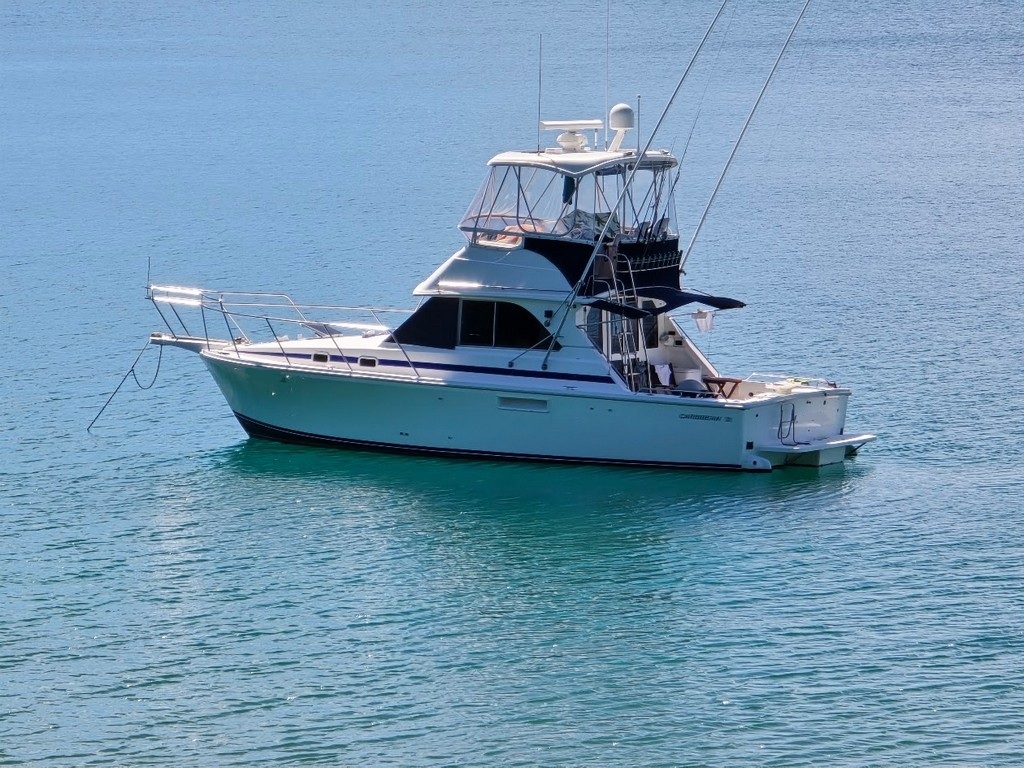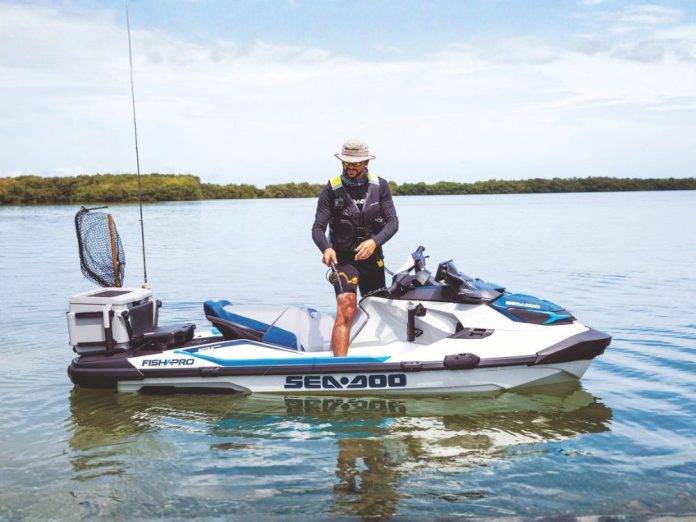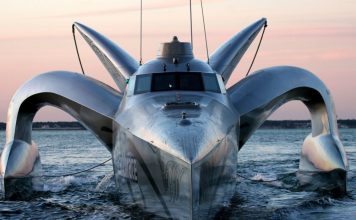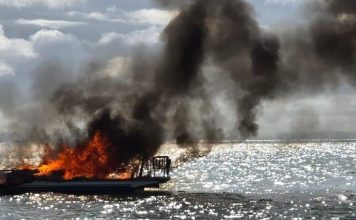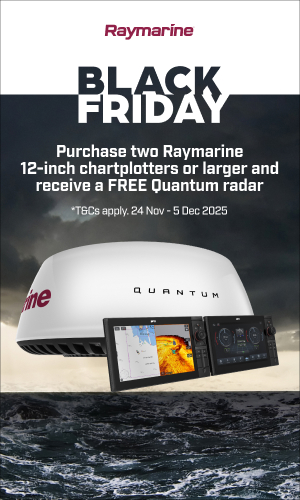Hidden corrosion poses a significant challenge for boats exposed to extreme saltwater conditions, which has understandably been a primary concern for me. Small voids and gaps between welded components may continue to corrode until it manifests as a major problem. Mitigating this issue has been
a top priority.
Fortunately, the aircraft industry has already addressed this problem. For instance, the inner voids of plane wings have large, inaccessible surfaces where components are too close together to observe what is happening beneath them. Corrosion occurs due to moisture and contaminants in the air, drawn in by large temperature fluctuations during flight. Moreover, airplanes lack the benefit of anodic protection, which helps mitigate this problem for boats. Because the consequences of failure in aircraft are severe, the industry has heavily invested in finding solutions. ACF-50 is one such solution and perhaps the easiest to apply.

ACF-50 is essentially a spray-on oily compound used to coat all interior surfaces. In planes, the entire inside of the wing is ‘fogged,’ and it can similarly be sprayed into voids in hulls, inside beams, the undersides of decks, and all corners and joints. The product has a dual action when applied – it first eliminates active oxidation, then coats the surface with a thin oily layer that cuts off further access to oxygen. The product is highly viscous with low surface tension, allowing it to quickly wick into gaps, such as between a beam and a plate spot-welded to it. Once applied, it spreads out to cover the surface in a thin film. The only issue I have faced with using ACF-50 is that it can get into almost every nook and cranny, even where not required. Fortunately, it can be easily cleaned off with a cloth and isopropyl alcohol.
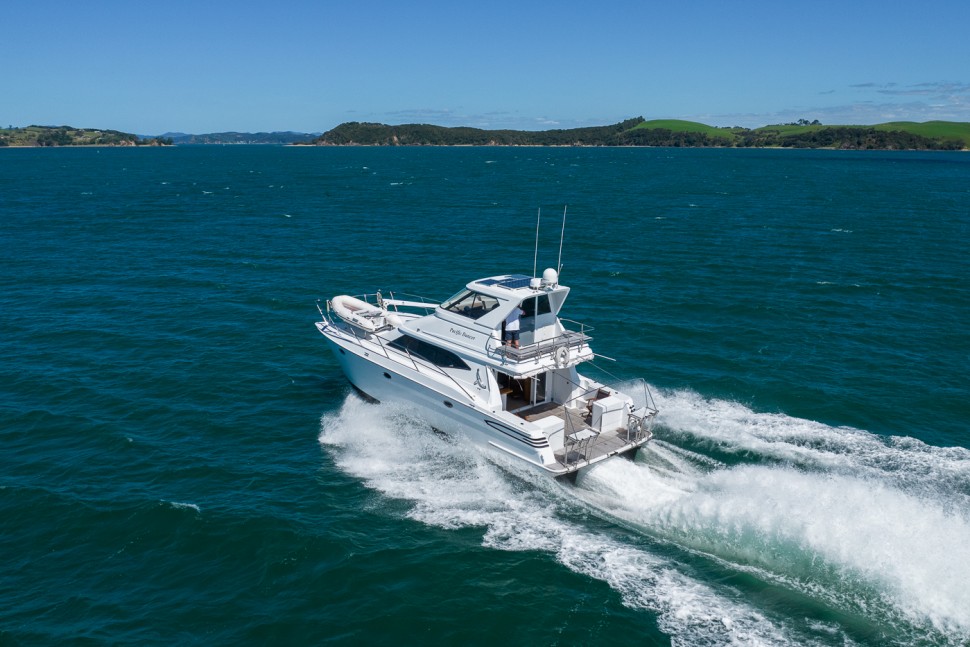

I was introduced to the product early in my rebuild project and conducted some tests. I had a couple of patches on the insides of the roof and cabin walls with extensive white surface oxidization, which worsened the longer the boat sat on the hardstand. This was not entirely unexpected, as an anode only helps reduce corrosion when it is in the water – there is little chance for ion exchange when the anode is surrounded by air. Hence, those patches continued to grow while I was cleaning and rebuilding the boat.
The photos depict my tests – I sprayed ACF-50 onto one area covered with loose and flaky white aluminium oxide. The second photo was taken just 10 minutes later, without any contact with the surface between pictures. The oxide has dissolved and the area turned grey. The third photo shows the same area after a light brushing with a Scotchbrite pad and a wipe down with a rag. The loose white oxide has been completely eliminated, leaving only the hard grey protective layer over the aluminium. The manufacturers claim that it is not necessary to remove the residue, but it looks neater when I do.

Later on, I realised it was more efficient to first brush off any loose particles before applying ACF-50. This uses less of the product, and I could brush and vacuum the dry stuff before getting everything oily. Areas where I applied it have shown absolutely zero further oxidization more than nine months after the first application. One of my final pre-launch actions will be to reapply another coat throughout the hull before DiveCat goes back in the water.
The product is available online through several suppliers (just Google ‘ACF-50 NZ’), and I purchased mine from Fertile Fields in New Plymouth. Each aerosol will cover a large area, but I have already used three cans and will likely need another one or two before I am finished. They also have a less viscous product called Corrosion Block, which is better suited to areas where it can be brushed on rather than sprayed.
Available from most marine chandlers.
Words and photography by NORMAN HOLTZHAUSEN








